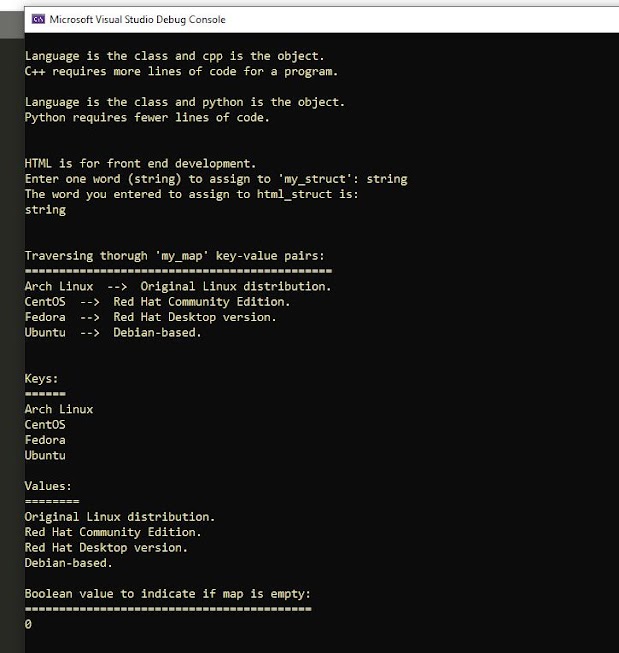AWS network architectural diagram: High availability use case - Multi-vpc | multiple gateway endpoints | interface endpoint | AWS PrivateLink
The following AWS architectural diagram serves as a use case for the following case scenario - high availability.
- High availability: Distribution of AWS resources across multiple VPC's help to minimise the impact of downtime and promotes high availability. Should the need arise, the interface and gateway endpoints may be configured to direct traffic to healthy resources in the event of a failure.
Gateway endpoints ensures network traffic stays within the AWS network as well as improving performance and security.
The following AWS resource provides information on how to monitor the health and performance of resources and what resources may be monitored:
Route 53 health checks help to monitor the health of resources and automatically failover traffic to healthy endpoints in the event resources are not available in a given AZ (Availability Zone).
Creating Amazon Route 53 health checks and configuring DNS failover - Amazon Route 53
High availability general use case:
VPC components for a high availability network diagram are as follows:
- Subnets: They help to organise the VPC resources and instances in the VPC and enable traffic isolation between different network layers.
- Elastic Load Balancers: ELB's distribute incoming traffic to multiple instances in multiple Availability Zones to achieve high availability and fault tolerance.
- Route tables: Determine the routing path for network traffic within the VPC.
- Internet Gateways (IG): IG's provide a gateway for traffic between the VPC and the internet.
- Elastic IP addresses: Provides a static IP address which you may associate with an instance, due to the fact that if you choose to keep the dynamic public IP address given to the instance--this may change at any time and clients may not be able to reach the company URL.
- VPC endpoints: Allow for secure communication between resources in the VPC and with AWS services without using public IP's. The significance of this is that, this may greatly reduce data transfer costs.
Tip:
- Use Auto-Scaling Groups (ASG's) to automatically scale resources up or down based on demand, which helps to effectively manage cost of the resources as well as ensuring that the network is able to handle sudden spikes in traffic without interruption.
-





Comments
Post a Comment